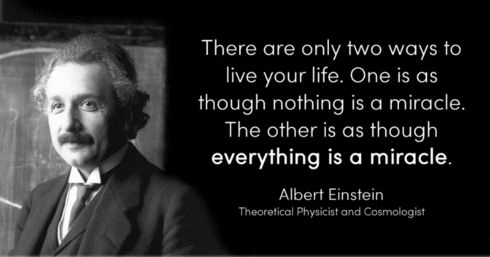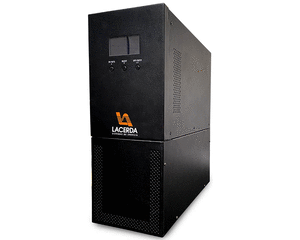TEORIA DE CIRCUITOS BASKAKOV (VERSION RUSA )
Святослав Иванович Баскаков
-
Svyatoslav Ivanovich Baskakov
Engineering Sciences, Textbooks and Manuals for Universities
Description: The material of the course "Fundamentals of Circuit Theory" is systematically presented in accordance with the modern university program. The methods of analyzing stationary harmonic modes of linear circuits, the theory of four-terminal networks, the characteristics of frequency-selective circuits and filters, and the fundamentals of the theory of nonlinear circuits are considered. The methods of finding the response of a linear circuit to pulse effects are studied in detail. The theory of circuits with distributed parameters is presented. The methods of synthesizing linear two-terminal networks are discussed. A separate chapter is devoted to the use of computers for calculating complex circuits.
LINK EN LA WEB :https://www.mediafire.com/file/k8y4hum7d143tgg/Baskakov.pdf/file
https://copy.com/30BdWeOAunr3mndb
TEORIA DE CIRCUITOS BASKAKOV ( VERSION ESPAÑOL)
En el presente libro se expone sistemáticamente el material del curso "Fundamentos de la teoría de circuitos"; se estudian los métodos de análisis de los regímenes armónicos estacionarios de los circuitos lineales, la teoría de los cuadripolos, las características de los filtros, los fundamentos de la teoría de circuitos no lineales; se lleva a cabo un estudio detallado de los métodos para hallar las reacciones de los sistemas lineales a los impulsos; se expone la teoría de los circuitos con parámetros distribuidos; y se discuten los métodos de síntesis de los dipolos lineales. El último capítulo está dedicado a la aplicación de las computadoras al cálculo de los circuitos complejos
LINK EN LA WEB :https://www.mediafire.com/file/k8y4hum7d143tgg/Baskakov.pdf/file
https://copy.com/30BdWeOAunr3mndb
TEORIA DE CIRCUITOS BASKAKOV ( VERSION ESPAÑOL)
En el presente libro se expone sistemáticamente el material del curso "Fundamentos de la teoría de circuitos"; se estudian los métodos de análisis de los regímenes armónicos estacionarios de los circuitos lineales, la teoría de los cuadripolos, las características de los filtros, los fundamentos de la teoría de circuitos no lineales; se lleva a cabo un estudio detallado de los métodos para hallar las reacciones de los sistemas lineales a los impulsos; se expone la teoría de los circuitos con parámetros distribuidos; y se discuten los métodos de síntesis de los dipolos lineales. El último capítulo está dedicado a la aplicación de las computadoras al cálculo de los circuitos complejos

.gif)






link caído
ResponderExcluirnovo link : https://www.mediafire.com/file/k8y4hum7d143tgg/Baskakov.pdf/file
Excluir